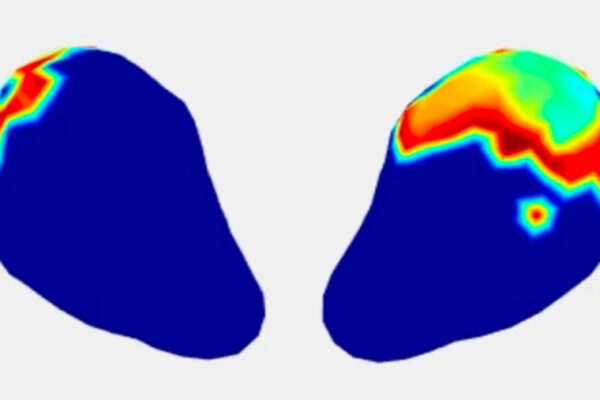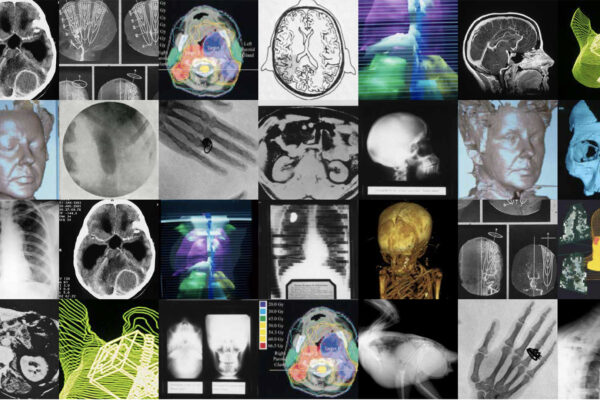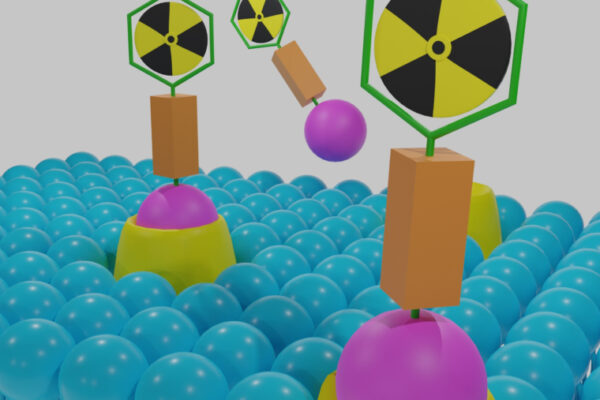
Amid headlines about artificial intelligence’s implications for everything from education to the future of work itself, Abhinav Jha, an assistant professor of biomedical engineering at the McKelvey School of Engineering and of radiology at the School of Medicine, both at Washington University in St. Louis, and his collaborators developed and evaluated two methods to quantitatively determine the realism of synthetic, or computer-generated, medical images. The findings were published March 21 in the journal Physics in Medicine & Biology.
“We’re living in a remarkable moment where new artificial intelligence tools are generating tons of synthetic content, and a key emerging question is how to distinguish human-made from AI-generated content,” Jha said.
“For example, with things like ChatGPT, we need to be able to figure out what text is human-authored. It’s the same with images, including medical images,” said Jha, who is also an assistant professor at the university’s Mallinckrodt Institute of Radiology. “We have AI generating medical images, and we need to be able to separate real from fake.”
Read more on the McKelvey School of Engineering website.


